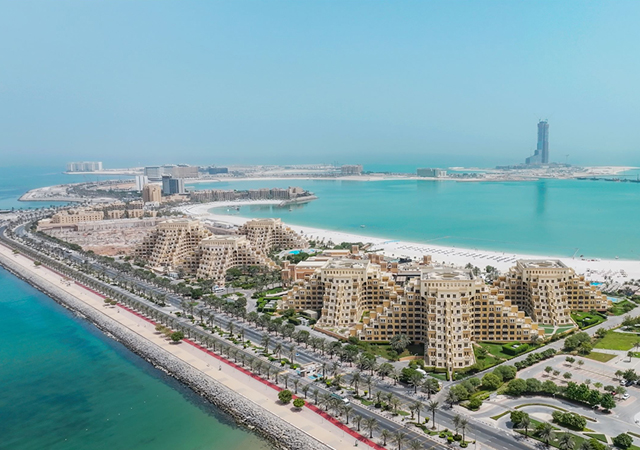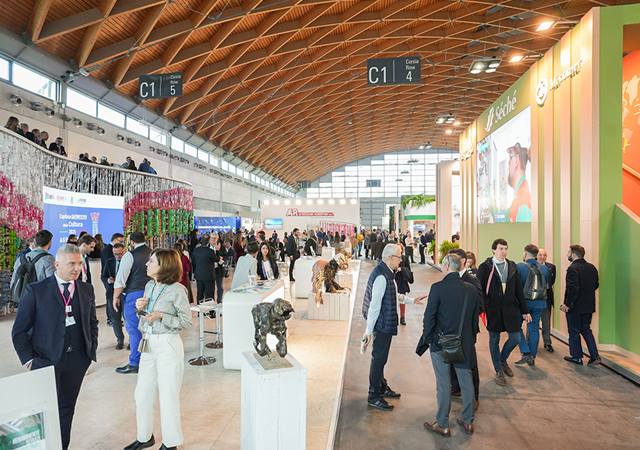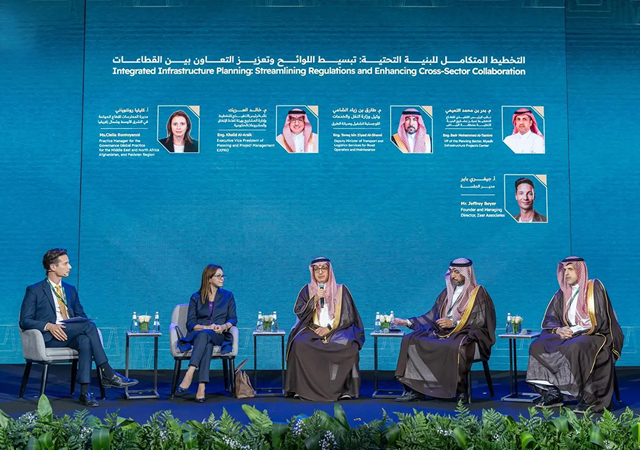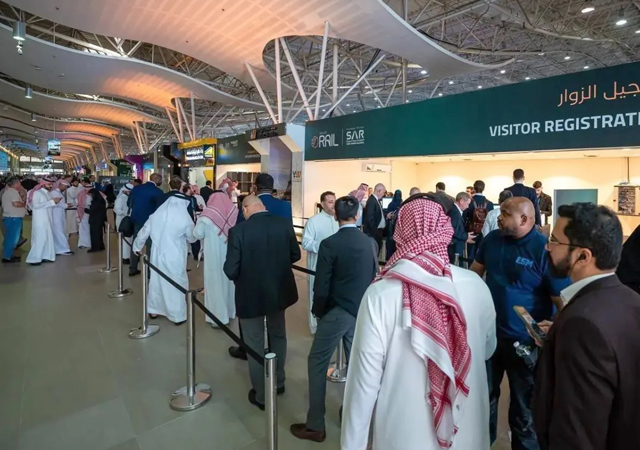
 Naturals .. the new exterior cladding panels from Trespa.
Naturals .. the new exterior cladding panels from Trespa.
Trespa International - an international company that develops and manufactures high-quality panelling for facade cladding and interior applications - turned to natural themes when designing its latest product. WILLEM VAN DE VELDE elaborates on the development of its colourful creations.
Colour is an important aspect of the environment in which we live. Although many people would fail to recognise their 'own' colour scheme - they immediately notice when they visit another country or region: the colours are different from the ones they have at home.
There are many reasons for these colour differences. Countries with an abundance of sunshine will have more whites and pale colours, whereas countries with much rain may have more greens and reds. Simply think of a country and certain colours will come to mind. Many of these will relate to the country's natural environment - the sea, sand, forests, grassland and so on - or its climate - sunshine, rain, snow, ice. But some parts of the overall colour scheme will be defined by a country's architecture.
Ever since man put one stone on top of another, colour has always been a part of any building. Initially, the colour of any building would be defined by the natural materials that could be found in the region. And this remained true for many centuries as only the very rich could afford to have building materials transported over long distances.
Locally harvested wood or stone would have its own distinctive colours, as would the bricks made with local clay. Each part of the world traditionally has its own architectural 'colour scheme'. Think of the Mediterranean and you quickly get a picture of whitewashed houses against the backdrop of a blue sea. Red brick colours are more typical for Northern countries, though in some countries some types of yellow brick were used around the turn of the 20th century.
Defined by natural materials, colour ranges were somewhat limited until, in recent years, newer materials have evolved or existing materials have become more accepted. Think of the concrete buildings of the sixties, or the constructions of the eighties and early nineties in glass and steel - often used in combination, and leading to developments such as solar shielding and 'invisible' facade frame constructions.
It is probably true that in the transition period from natural to new materials, the new materials had to simulate the look of the traditional products to ensure customer acceptance, but over the years, architects have started to look for a more creative scope. New colour schemes evolved, and especially in the top end of the market, architects were looking to extend boundaries, introducing more innovative colour schemes to express individuality and identity.
Companies producing these new materials started to introduce new colour ranges to meet the demands of the industry - and today many products used on the outside of buildings are as much subject to fashion trends as those used for interior design.
World of colour
One company, Trespa International, now regularly introduces new ranges of colours and special effects, much in the same way that fashion houses do. Although it is always possible to create a one-off product for a specific project, many architects look to the company for inspiration and the latest trends in colour and design.
According to David Grant, product manager exterior, every building is different: "Each project architect will want to stamp his/her identity on the building in terms of shape, size and yes, colour, so it becomes a personal statement, a monument if you like. To keep in touch with the market, we visit building sites and talk to many architects and specifiers. We look at how architects use colour, from large flagship developments such as office buildings and multi-national projects to more modest applications. This has led to the introduction a few years ago of our 'Inspirations' range: a platform for the development of new colours and colour schemes. Today, Trespa operates in a world of colour."
He adds: "But we allow for the regional/national differences in our ranges, so customers in each country can still find something familiar to them."
The development of these colour ranges is not left to chance. Trespa actually uses the services of a colour specialist: Josee de Pauw is an international colour consultant who advises international companies on the use of colour, texture and design. From her studio in Amsterdam, she travels the world to study the use of colour and she identifies trends to support her clients.
She describes her work as going through a number of separate steps. First an analytical process where you study the market, map out trends and look at competitive products. This leads to a conclusion, and to some first ideas for a concept collection. Moving to a design phase, the ideas are given a more concrete form before being implemented by the customer - often in consultation with end-users such as architects.
Her research is ongoing and de Pauw's vision is clear: "Cycles in the building industry may be slower and longer than those in the world of clothing, but there are unmistakable fashions and trends. The industry has moved away from stacking bricks - and today's building techniques enable architects to create more avant-garde designs. Of course there is still room for the more traditional building too: not every architect and more importantly, not every client wants to be the first to try something new," she says.
Back to naturals
Like in other fashions, what goes around will come around - and at present there is a clear move away from glass and steel constructions: "There is a bit of a 'been there, done that' attitude, and today fewer new buildings have reflecting glass facades. Instead, we see a move back to more traditional colours, reflecting the more traditional building materials such as brick, wood, metallics and copper colours," she says.
To meet this specific need in the marketplace, de Pauw has spent the last year developing a new range of colours for exterior applications. Working with Trespa's in-house designers, she recently introduced a range of 'Naturals', exterior cladding panels which evoke the feeling of wood, metal or bricks without surrendering their own inherent strengths: easy to fix, easy to maintain and extremely durable.
"Although there is a move back to these colours, as found in different countries around the world, there is not necessarily a move back to the traditional materials themselves, nor would we want to fully imitate them," she explains. "If you really want bricks, then you should be using bricks. What architects look for is a reflection of the traditional colours in combination with the benefits of a state-of-the-art product. A case of having your cake and eating it."
Buildings are never made from one material - and it is in combination with other materials that colour can be at its most effective. This was very much part of the thinking behind the Naturals range: "Combining different materials is a bit of a trend itself and one we have taken into account when we started to develop this range of colours and effects," she says. "I am also convinced that building exteriors and interiors will continue to grow closer - so as to bring more harmony to what in effect should be the single expression of a vision."
Of course not every architect is willing to test the limits and not every project lends itself to innovation. But there will be some soon and more to follow. De Pauw is convinced that the study of trends together with an ongoing dialogue in the marketplace, will enable a company like Trespa to be that unique combination of being both a trendsetter and a dedicated follower of fashion - if that is not too colourful an expression.



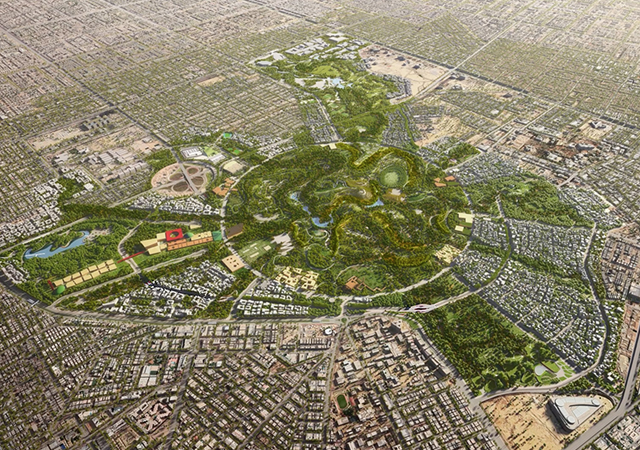
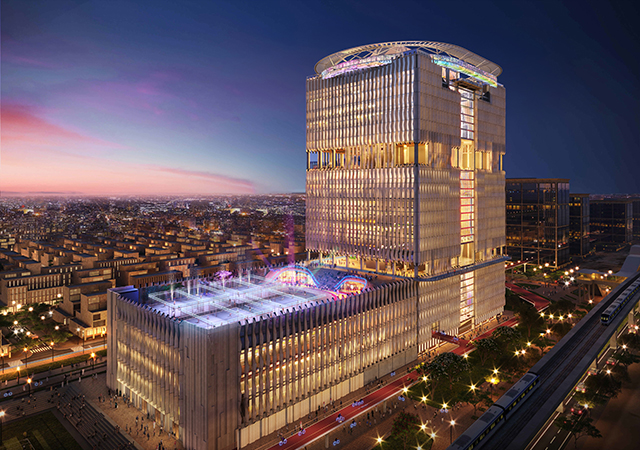
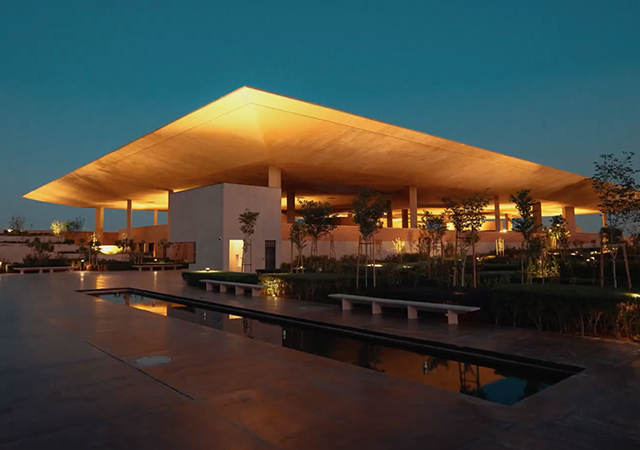
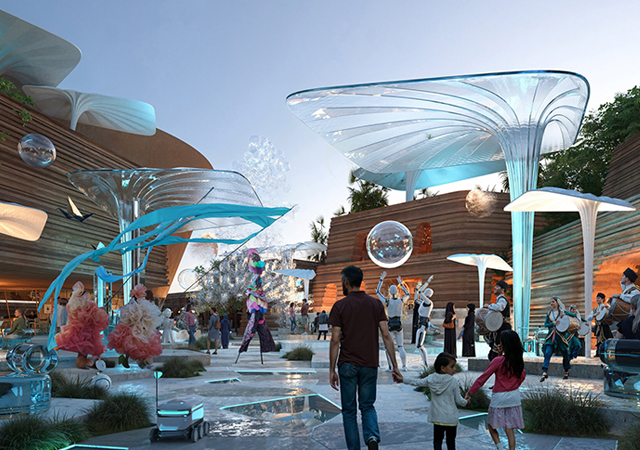
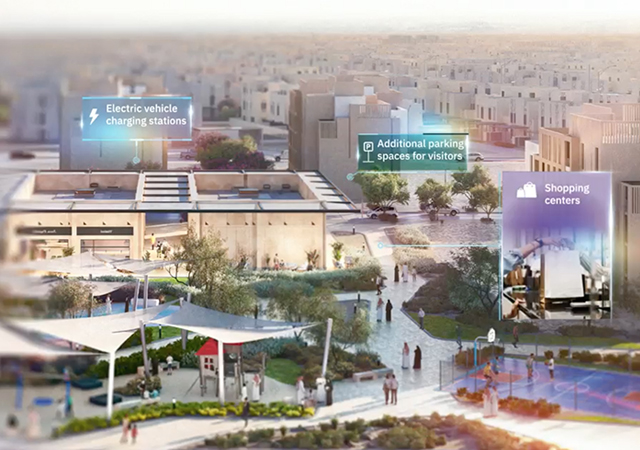
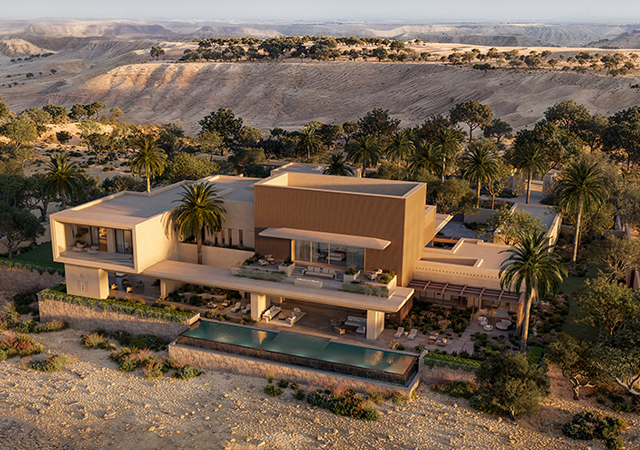
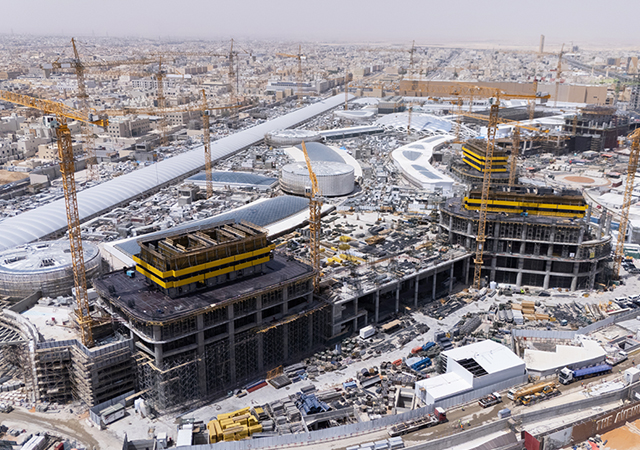
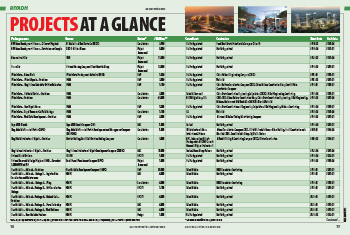

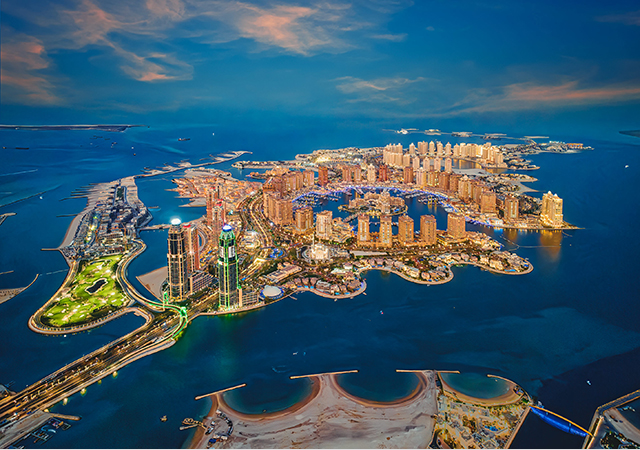
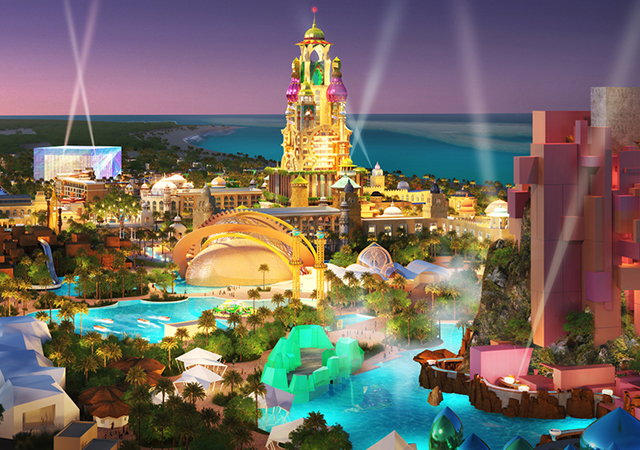
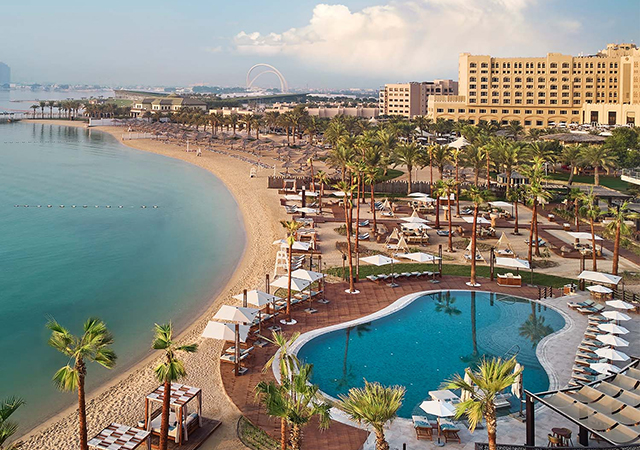
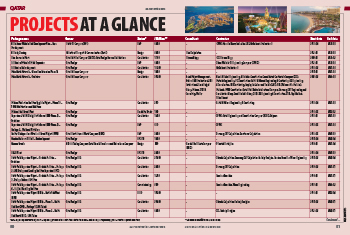
.jpg)
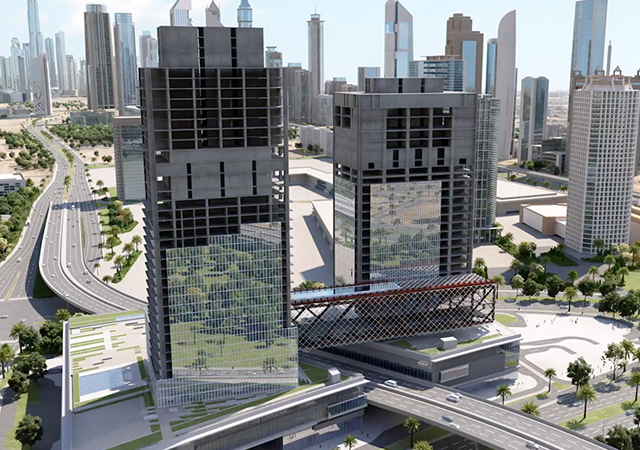
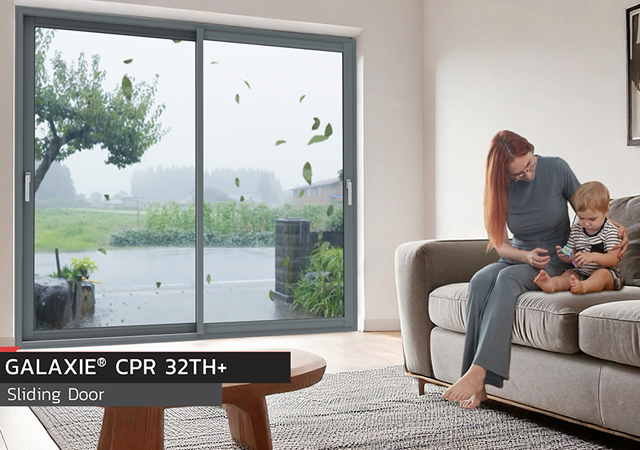
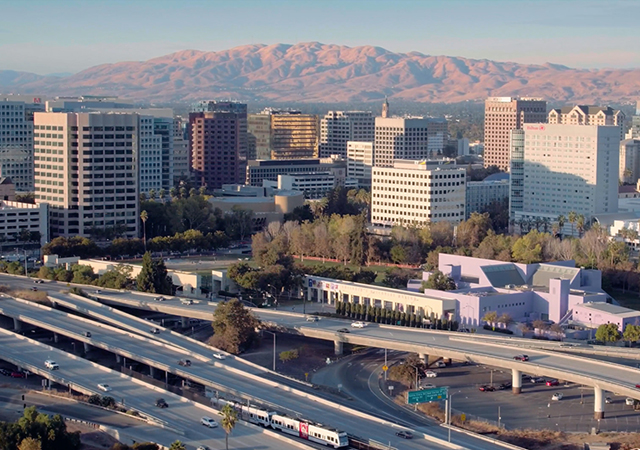




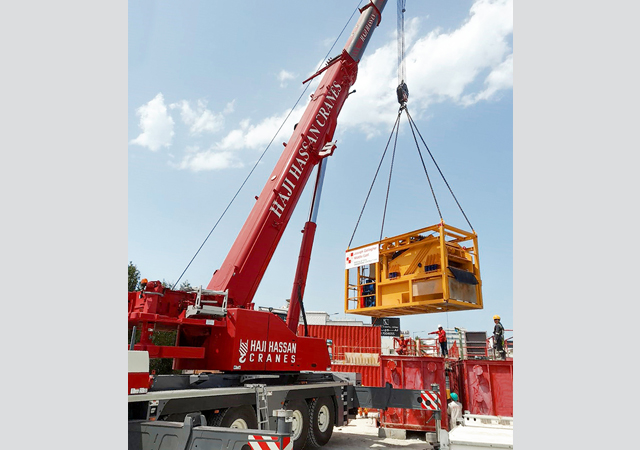
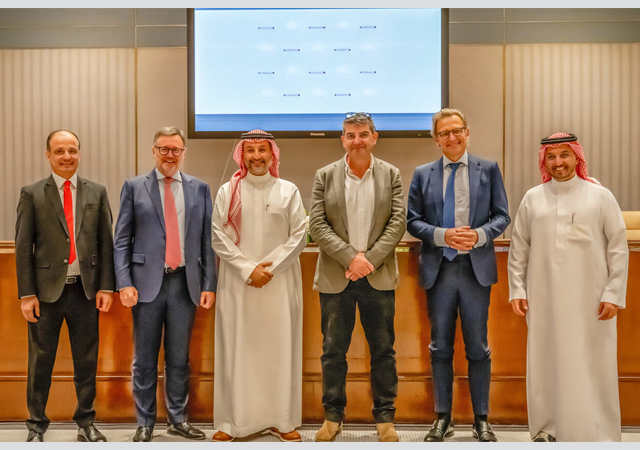
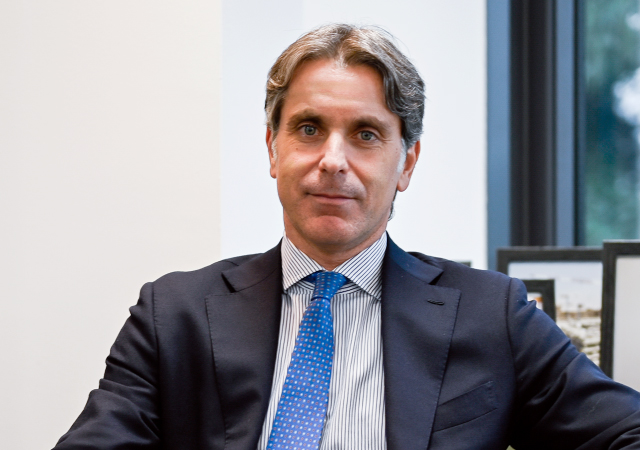
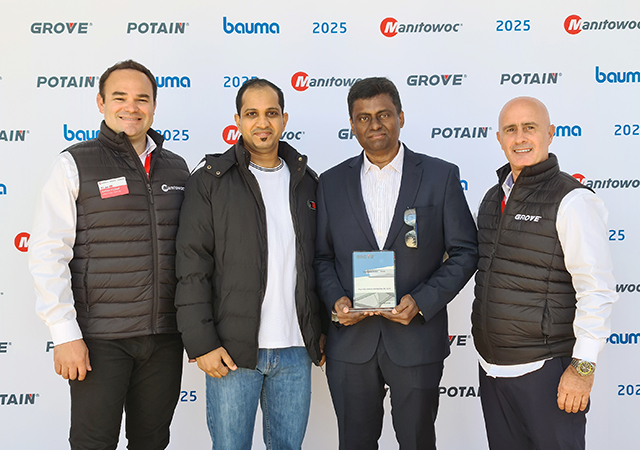
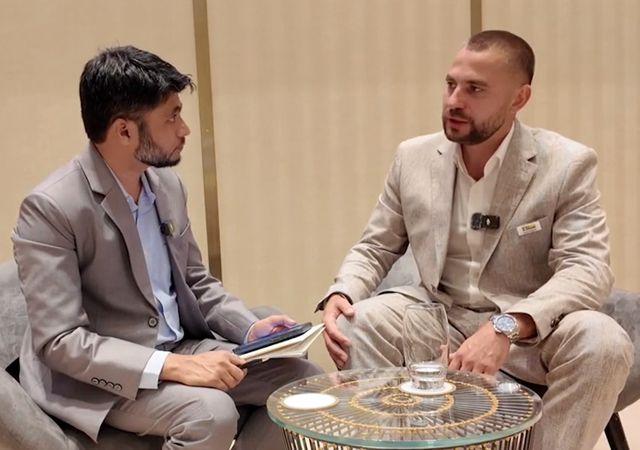
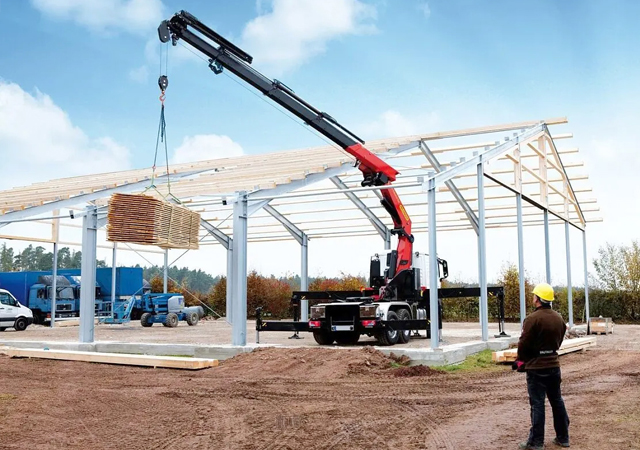
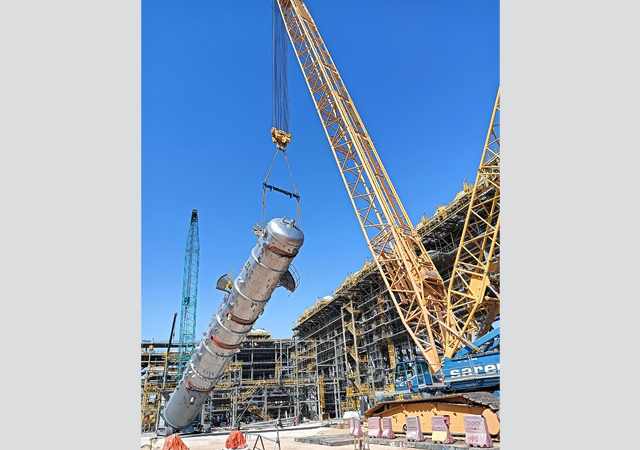
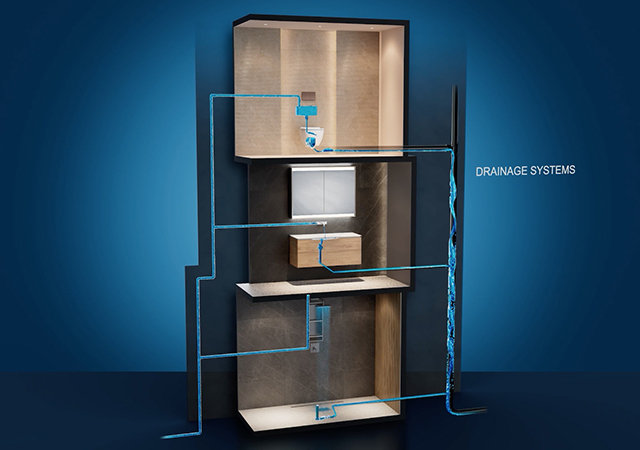
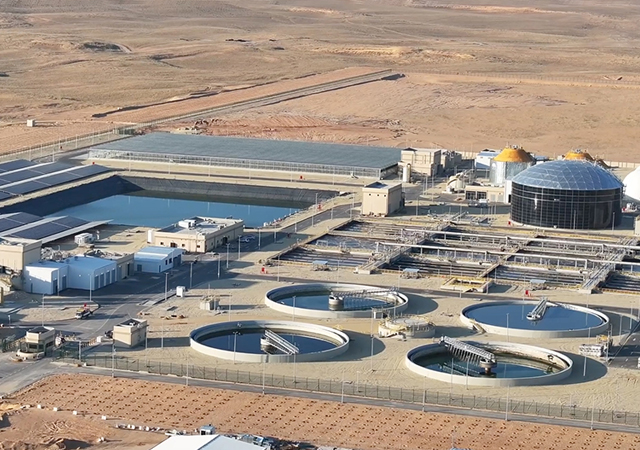

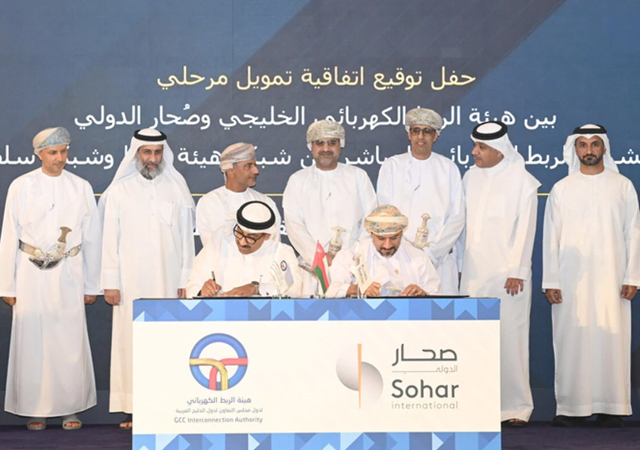
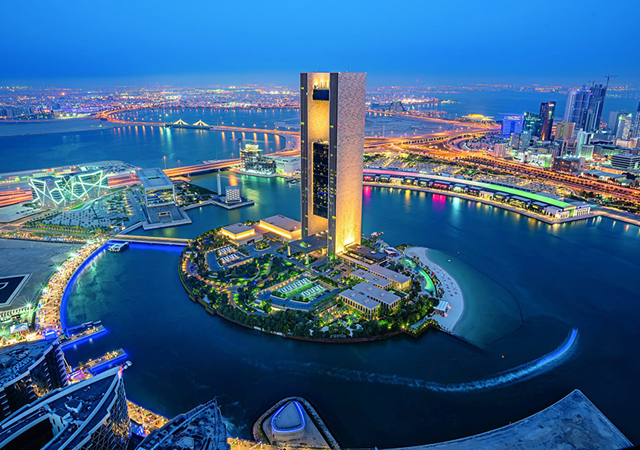
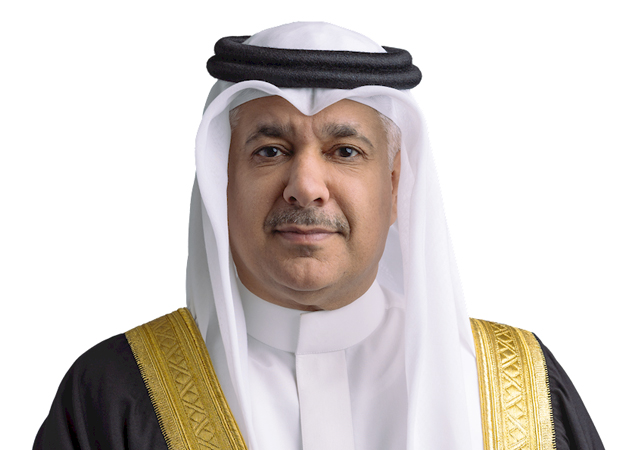
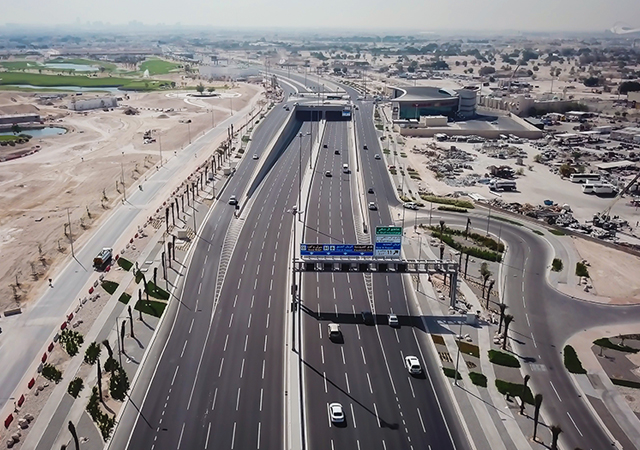

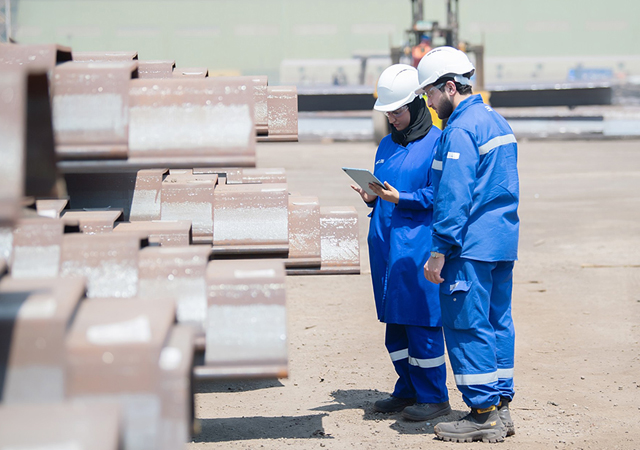
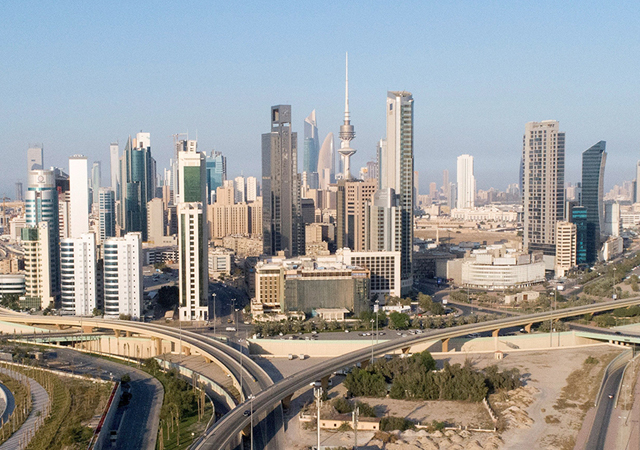
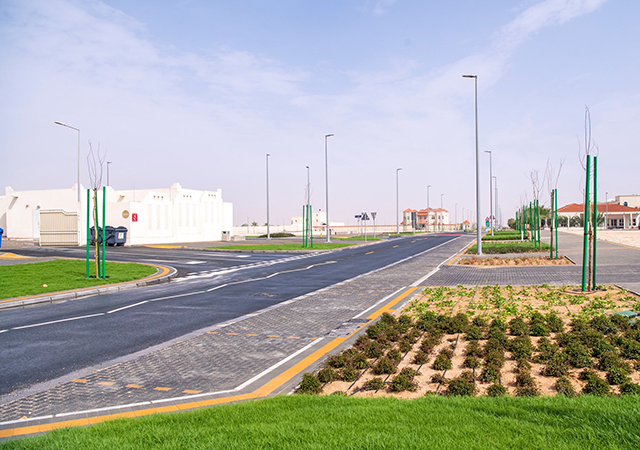
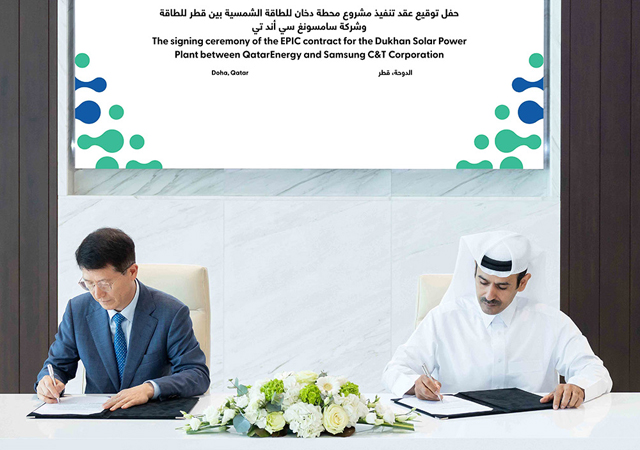
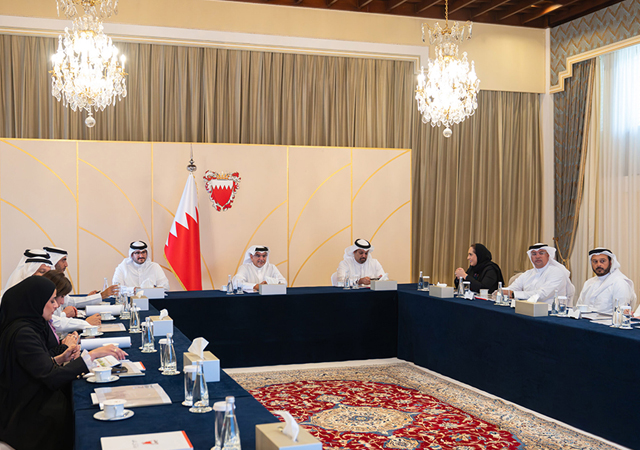

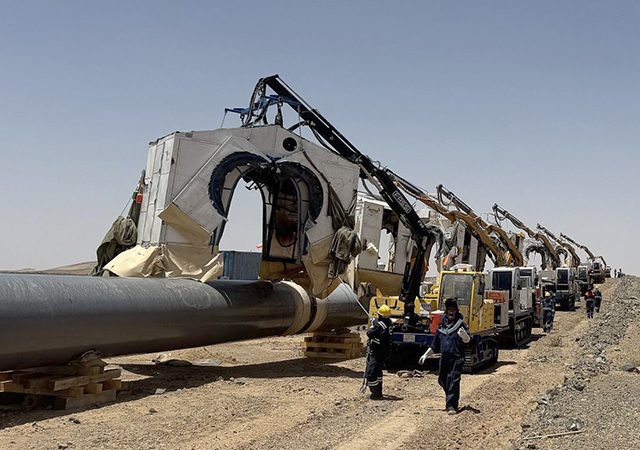

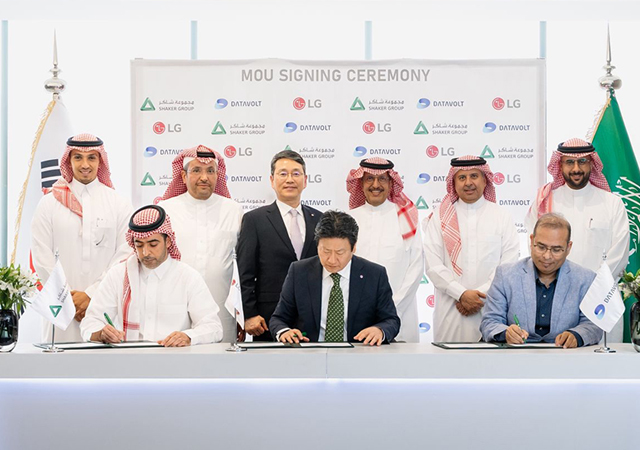
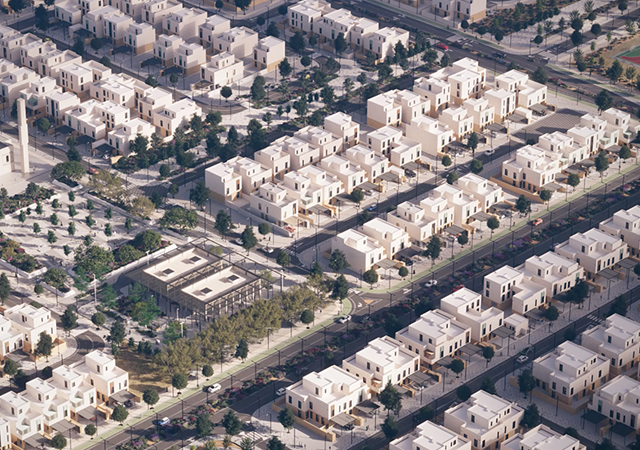
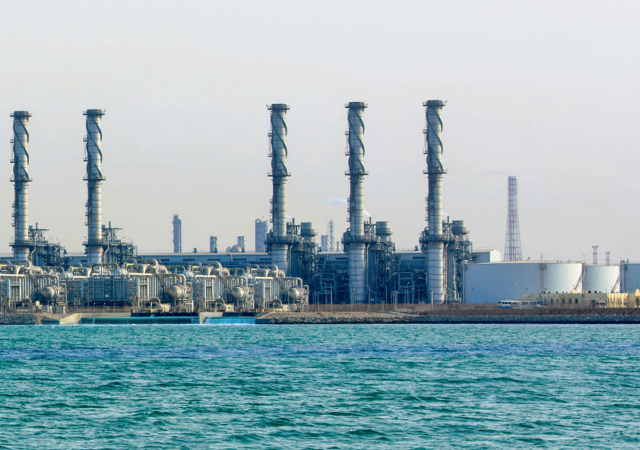
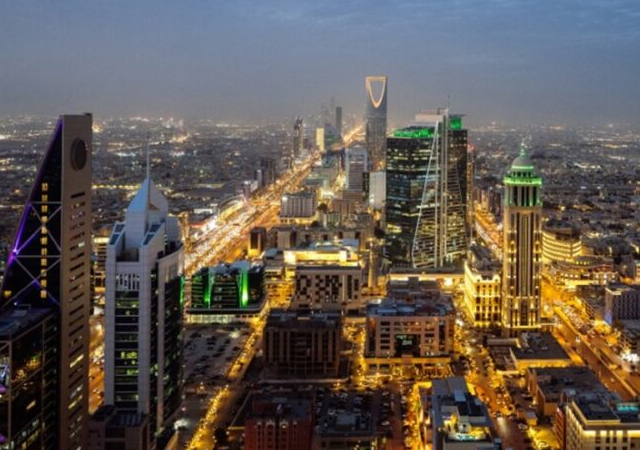
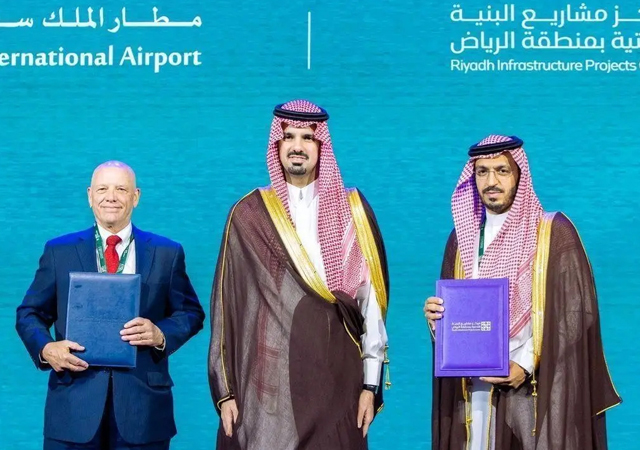
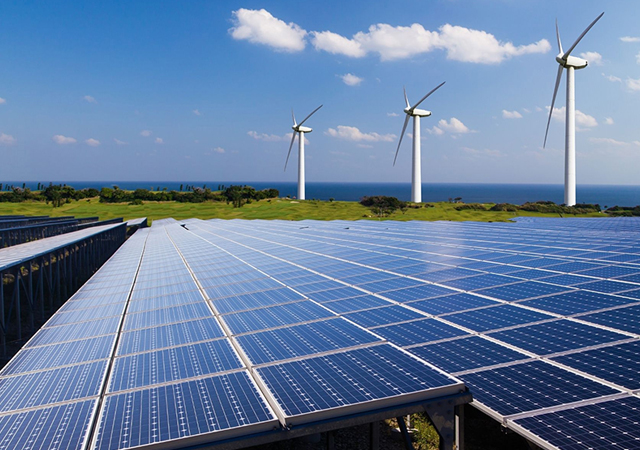
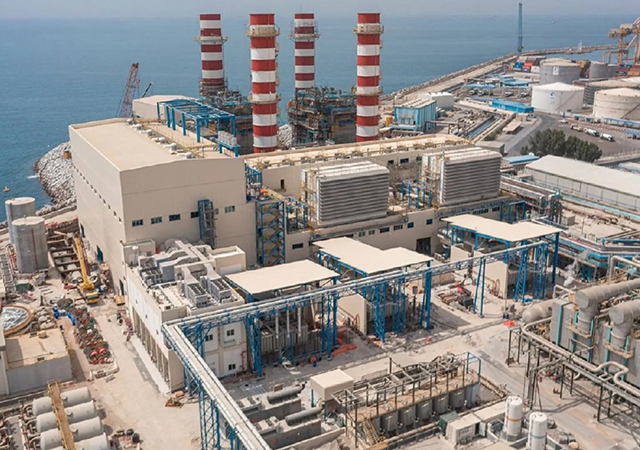
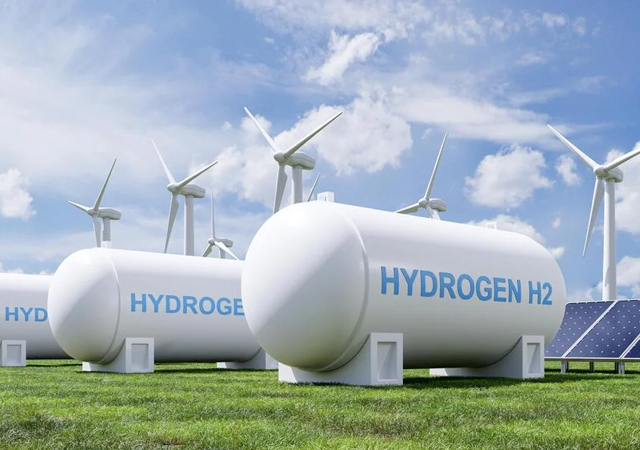
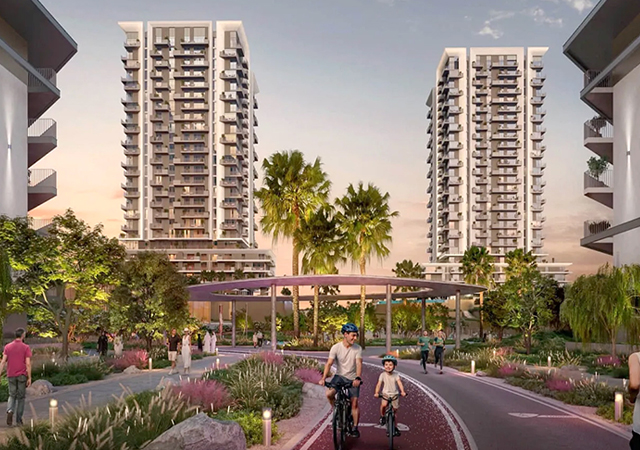
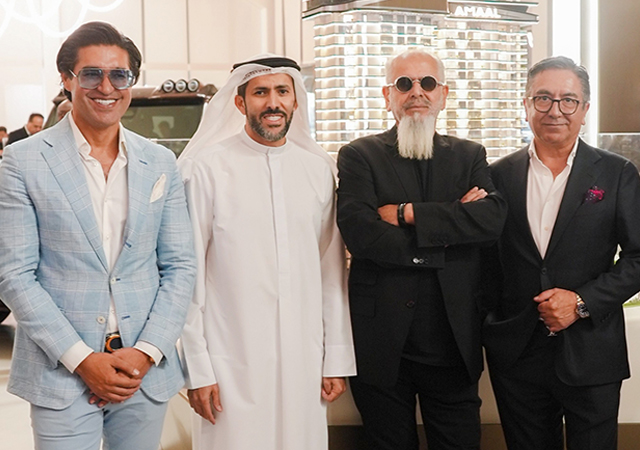
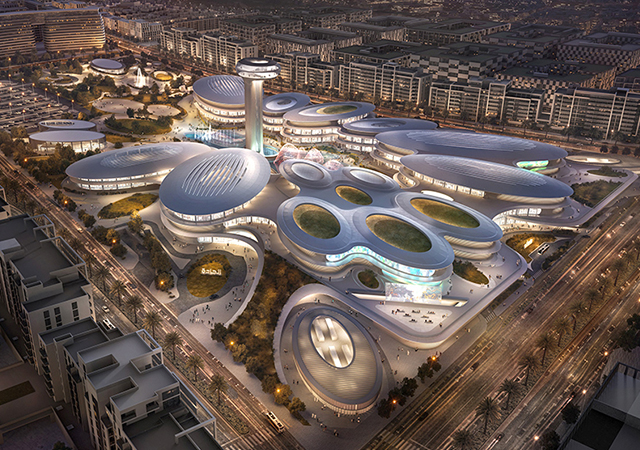
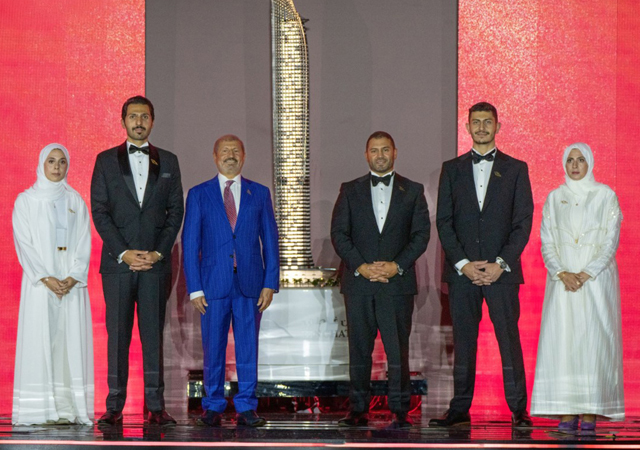
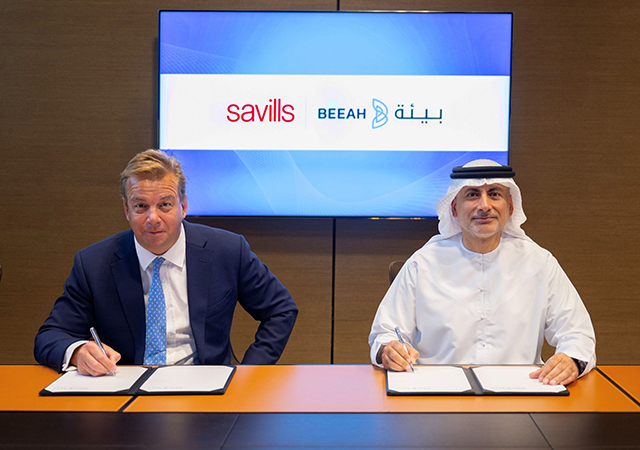
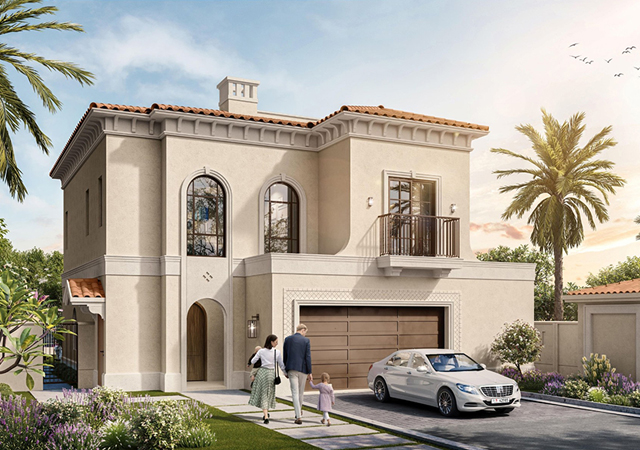
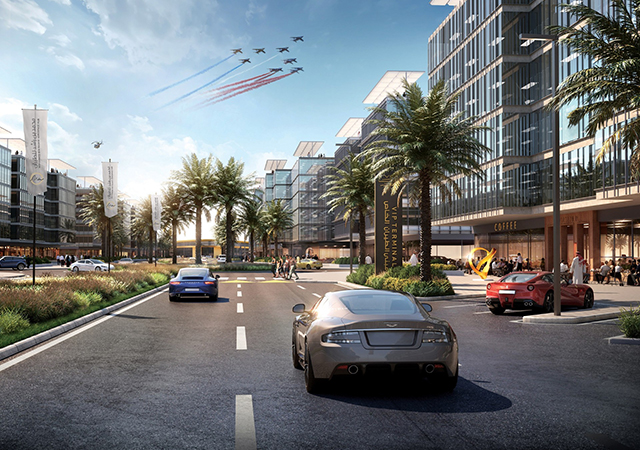
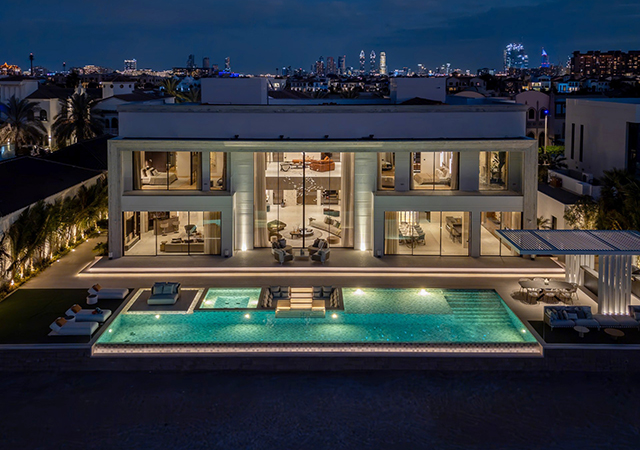
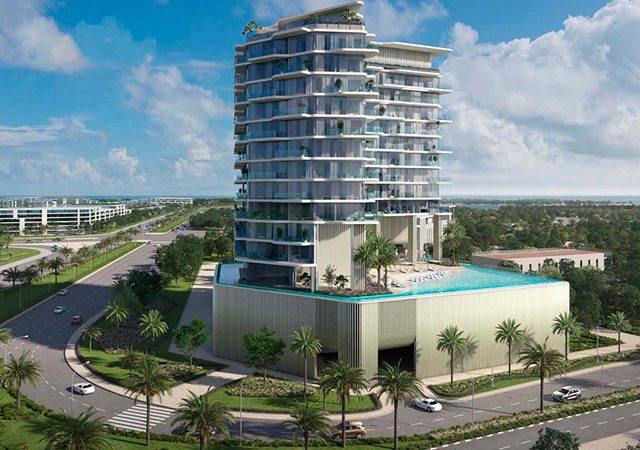

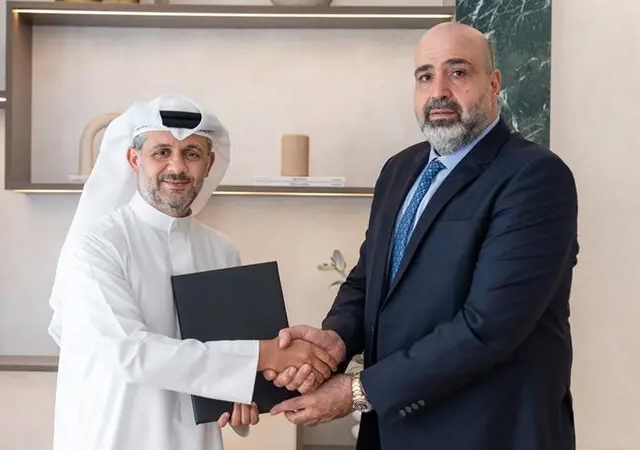
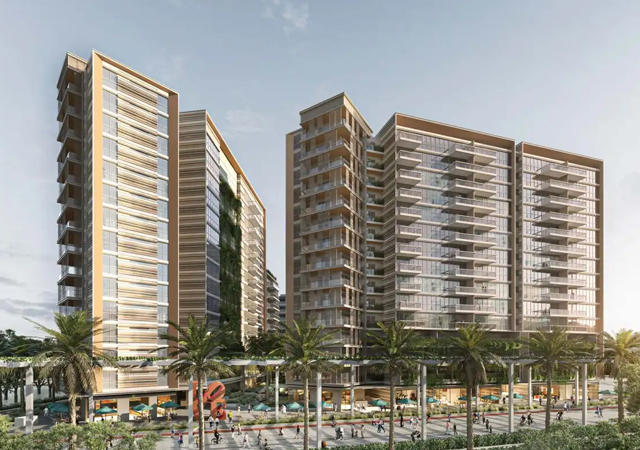
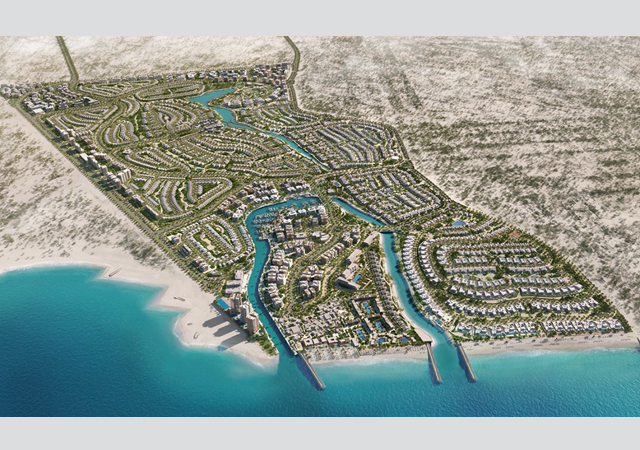
.jpg)
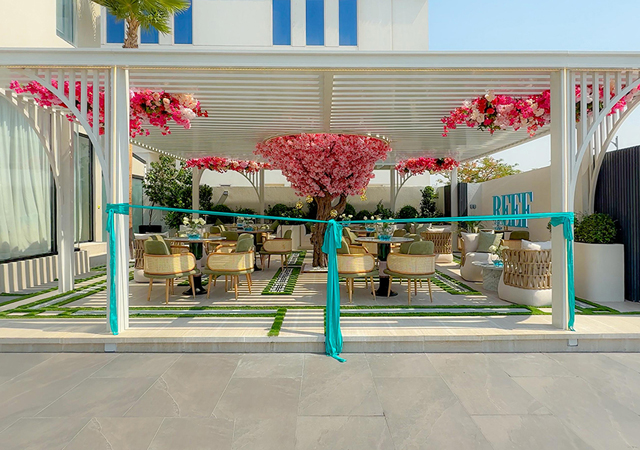
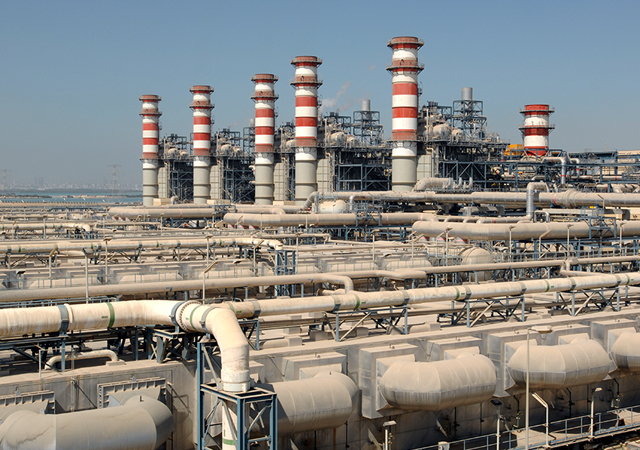
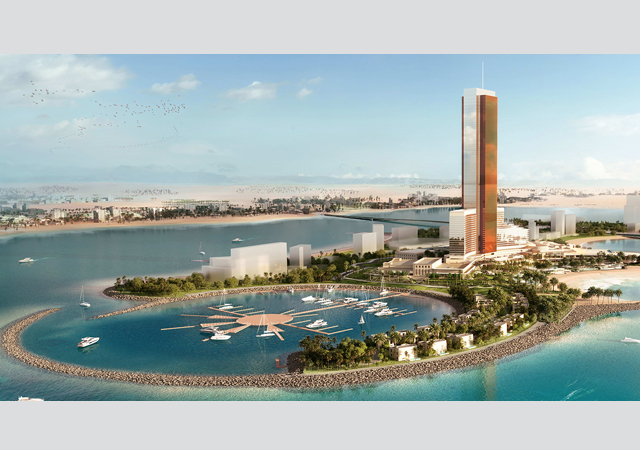
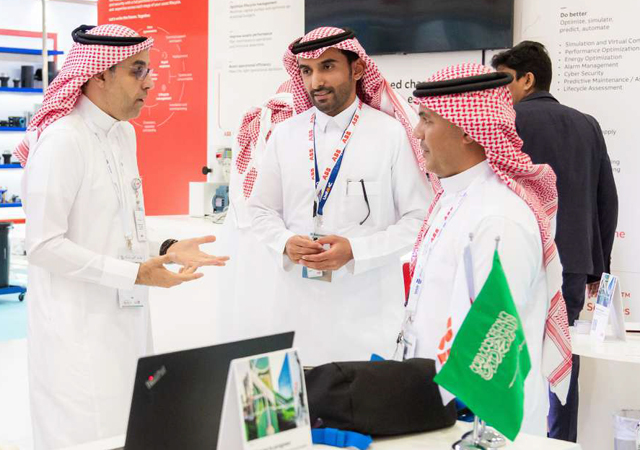
.jpg)
